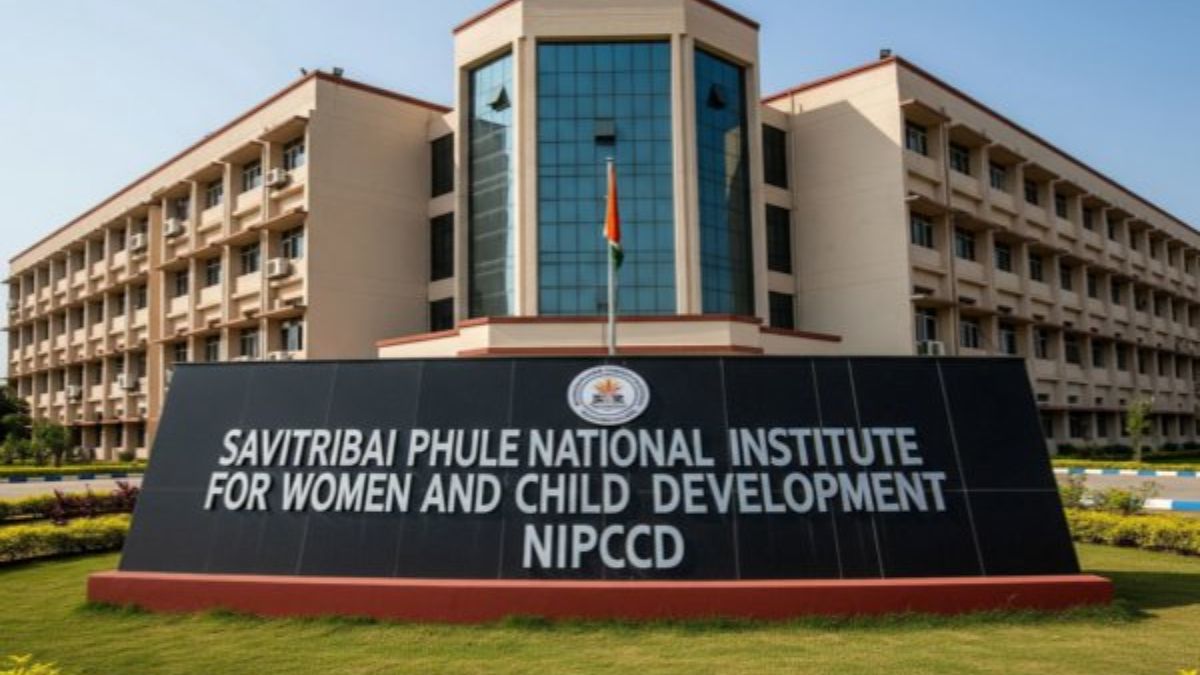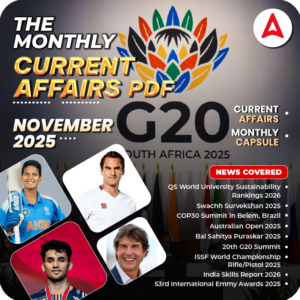In a significant move to honour India’s pioneering social reformer Savitribai Phule, the Central Government has officially renamed the National Institute of Public Cooperation and Child Development (NIPCCD) as the Savitribai Phule National Institute of Women and Child Development. Announced by the Union Minister for Women and Child Development, Annpurna Devi, this renaming reflects the government’s renewed commitment to inclusive, region-specific, and mission-driven support for women and child welfare across the country.
Why in News?
On July 2, 2025, the Ministry of Women and Child Development renamed NIPCCD after Savitribai Phule, commemorating her contributions to education and women’s empowerment. Alongside the renaming, the Ministry announced the launch of a new Regional Centre in Ranchi, Jharkhand, aimed at enhancing training and outreach for key flagship schemes.
Aim and Objectives of the Renaming and Regional Centre
- To honour Savitribai Phule, India’s first female teacher and a crusader for women’s rights.
- To decentralize training efforts and enhance regional capacity-building for better policy implementation.
- To ensure last-mile delivery of services for women and child development.
Background on NIPCCD
- Established on February 28, 1966
- Functions as the apex institution for training, research, documentation, and capacity building in Women and Child Development.
- Headquarters: New Delhi
- Existing Regional Centres: Bangalore, Guwahati, Lucknow, Indore, Mohali
Details of the New Regional Centre in Ranchi
- Scheduled for inauguration on July 4, 2025
- Targets Eastern states: Jharkhand, Bihar, Odisha, West Bengal
Will support schemes like,
- Mission Shakti
- Mission Vatsalya
- Mission Saksham Anganwadi & Poshan 2.0
Offers
- Advanced diploma in child guidance and counselling
- Customized training programmes
- Research and mental health support for adolescents
Need for the Regional Centre
- Current centres in Guwahati and Lucknow were logistically distant for many functionaries
- Over 7 lakh frontline workers operate across the 115 districts in the targeted four states
- The new centre will offer localized interventions, better resource utilization, and easier accessibility
Significance and Impact
- Recognizes Savitribai Phule’s legacy as a pioneer in social reform
- Promotes gender-sensitive development
- Boosts grassroots-level empowerment
- Reinforces the Ministry’s mission to create an inclusive and healthier India
| Summary/Static | Details |
| Why in the news? | NIPCCD Renamed to Honour Savitribai Phule, Focuses on Regional Capacity Building |
| New Name | Savitribai Phule National Institute of Women and Child Development |
| Renamed Institute | National Institute of Public Cooperation and Child Development (NIPCCD) |
| Reason for Renaming | New Regional Centre Location Ranchi, Jharkhand |
| States Covered | Jharkhand, Bihar, Odisha, West Bengal |
| No. of Functionaries | Benefitted Over 7 lakh across 115 districts |



 MEITY & MEA Enable Paperless Passpor...
MEITY & MEA Enable Paperless Passpor...
 UIDAI Records 231 crore Aadhaar Authenti...
UIDAI Records 231 crore Aadhaar Authenti...
 Bharat Taxi Begins Trials in Delhi and G...
Bharat Taxi Begins Trials in Delhi and G...







